Mine clearance, identification of missing persons from the war, and remediation of Agent Orange contamination have become the foundation for Vietnam-US relations to develop to the level of a comprehensive strategic partnership.
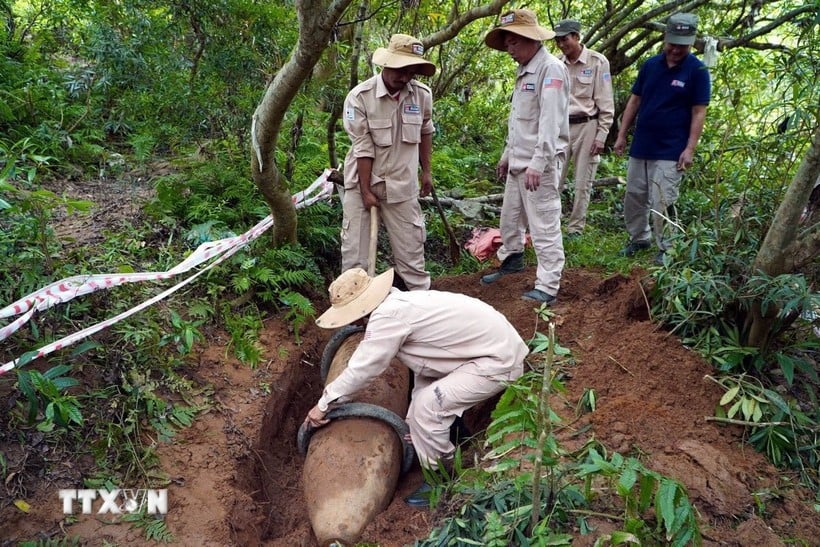
2025 is an important milestone marking the 30th anniversary of the normalization of bilateral relations between Vietnam and the US (1995-2025), and also marking the 50th anniversary of the end of the Vietnam War (1975-2025).
This is not only an occasion to celebrate historical milestones, but also a time to look back and continue to promote substantive cooperation between the two countries, in which overcoming the consequences of war is one of the most important pillars.
The efforts of these two former enemies to address war legacies, including surveying and clearing unexploded ordnance, verifying missing in action, and addressing Agent Orange/dioxin contamination, have become the foundation for the Vietnam-US relationship to develop to the level of a comprehensive strategic partnership.
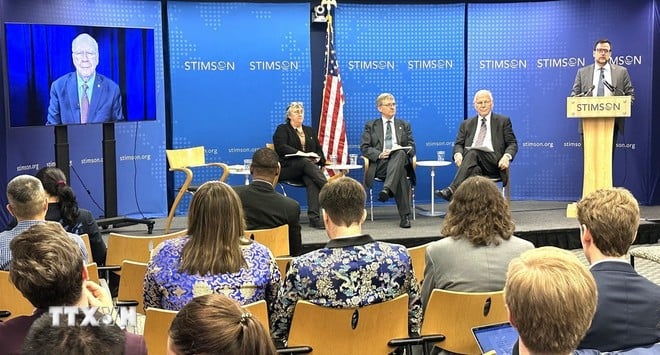
In a pre-recorded video shown at a conference on the 50th anniversary of the end of the Vietnam War and the process of peace and reconciliation between the two countries, former Senator Patrick Leahy, who has made many important contributions to promoting cooperation to overcome the consequences of the war in Vietnam, said that many of the worst legacies remain long after the war ended, such as Agent Orange/dioxin contamination, uncleared bombs and mines, people with severe physical and cognitive disabilities, and hundreds of thousands of people still missing.
According to him, over the past three decades, US agencies and institutions - from the Congress with both Democratic and Republican parties, to USAID, the Department of Defense , the Department of Veterans Affairs and the War Legacy Working Group - have worked together to overcome the consequences of war, gradually build trust and rebuild relations with Vietnam. He emphasized that this process has helped the two former enemies become partners.
Vietnam is still facing serious bomb and mine contamination, especially unexploded ordnance (UXO), most of which are cluster bombs used by the US during the war.
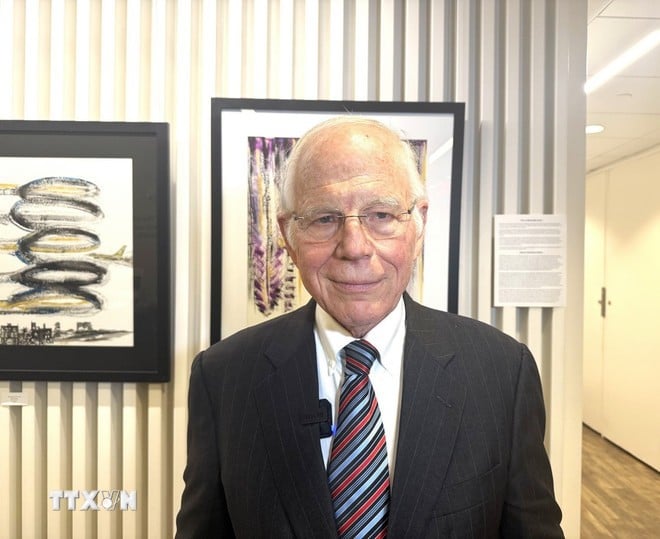
According to the US State Department, as of January 2025, the US is the largest single donor for mine survey and clearance activities in Vietnam, with a total support budget exceeding 250 million USD since 1993.
The two countries established a formal framework for cooperation in this area through a Memorandum of Understanding signed in 2013, which was reinforced by an in-depth cooperation action plan in 2023. Since 1994, US support has not only contributed to a significant reduction in UXO contamination in the central region, but also helped raise public awareness of mine risks, improve livelihoods, and protect the safety of many people there.
Since 1991, through the United States Agency for International Development (USAID), the U.S. Government has provided more than $155 million to improve the quality of life for people with disabilities in areas that were sprayed with Agent Orange/dioxin and affected by UXO. Cooperation between the two sides in this area has been continuously expanded in both scale and depth.
Notably, from 2011 to 2017, Vietnam and the US successfully coordinated to implement the dioxin contamination treatment project at Da Nang airport with a budget of 110 million USD funded by the US. Currently, the two sides are continuing to implement a larger-scale environmental treatment project at Bien Hoa airport, lasting for 10 years (2019-2029), with a total budget of up to 450 million USD.
Speaking to reporters on the sidelines of the conference, researcher Charles Bailey, co-author of the book “From Enemies to Partners: Vietnam, the United States and Agent Orange,” emphasized that although the war has ended for half a century, its painful legacies - especially Agent Orange and UXO - still need to be addressed. He said that there is still much work to be done, from clearing bombs and mines, supporting victims, to coordinating the search and identification of the remains of soldiers missing in action.
Expressing special concern for the young victims - who represent the future of Vietnam - Mr. Bailey stressed the need to continue supporting them, both materially and in community capacity.
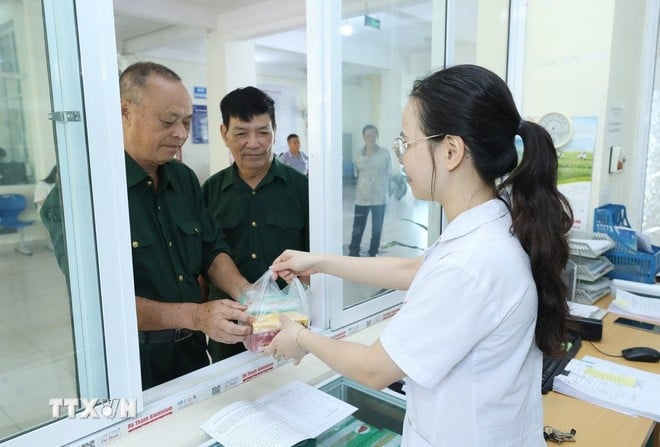
He appreciated the long-term and large-scale efforts of the Vietnamese Government in assisting the victims, and said that the support from the US - through capacity building programs and direct support - is still very practical, helping families overcome difficulties and integrate into the country's overall development. For him, leaving no one behind is the core humanitarian message of bilateral cooperation in overcoming the consequences of war.
Mr. Bailey said that the US should continue the very important work of handling dioxin until it is completely completed, just as it persistently handled the dioxin contamination at Da Nang airport in 2017. At Bien Hoa airport, handling the amount of dioxin contaminated soil will take longer, maybe 10 years.
Phase 1 will last until 2027 and there is still much work to be done after that. Mr. Bailey said that the above work needs to be completed because it plays an important role in the relationship between Vietnam and the US.
The 30th anniversary of the normalization of diplomatic relations is an opportunity for the US and Vietnam to reaffirm their commitment in the humanitarian field, while adjusting their cooperation strategy towards sustainable development so that this field becomes a testament to the ability to reconcile and develop comprehensively./.
Source: https://baolangson.vn/30-nam-binh-thuong-hoa-quan-he-viet-my-diem-sang-khac-phuc-hau-qua-chien-tranh-5052947.html


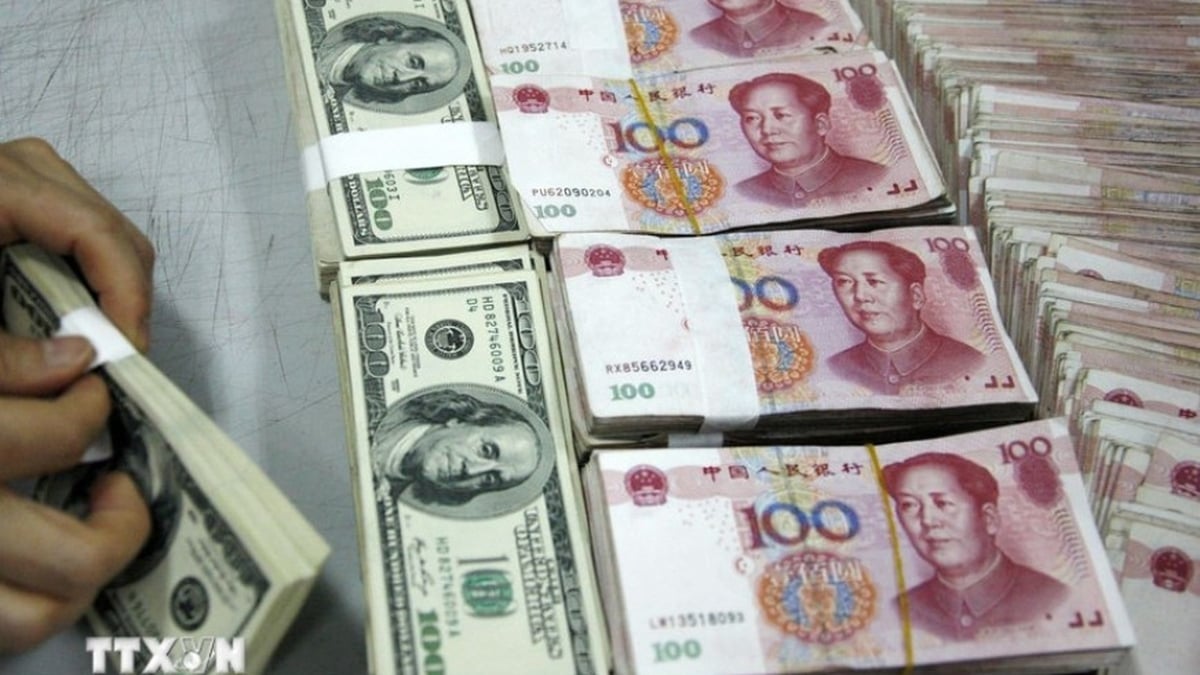
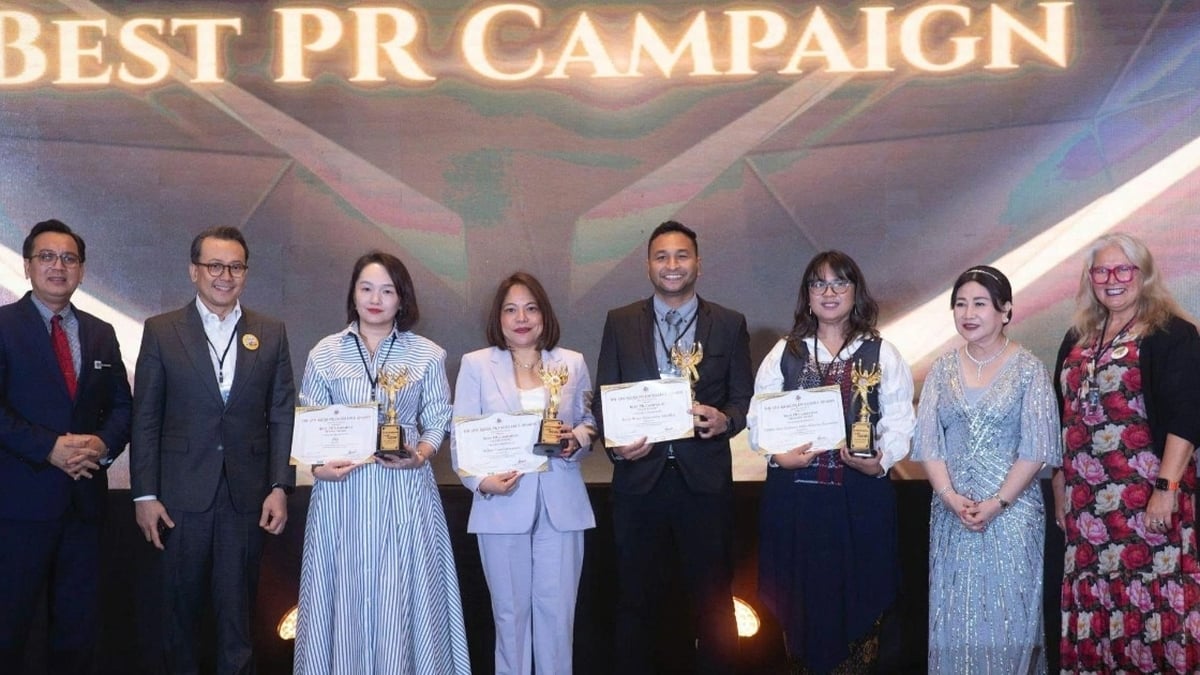
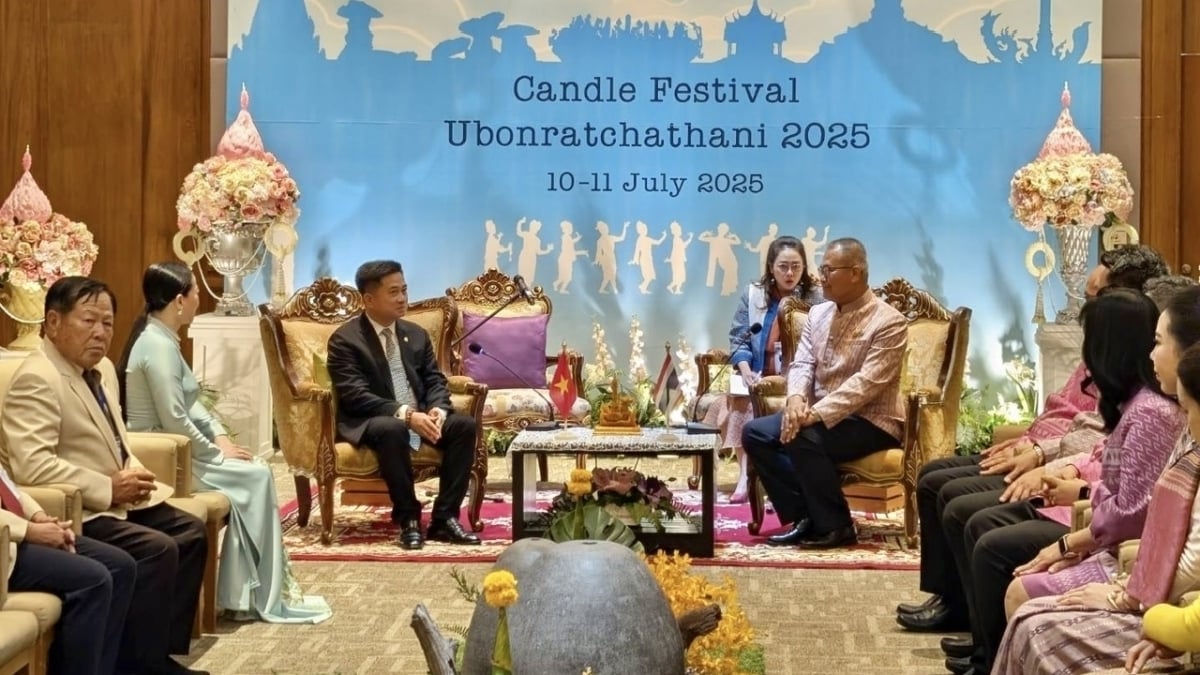
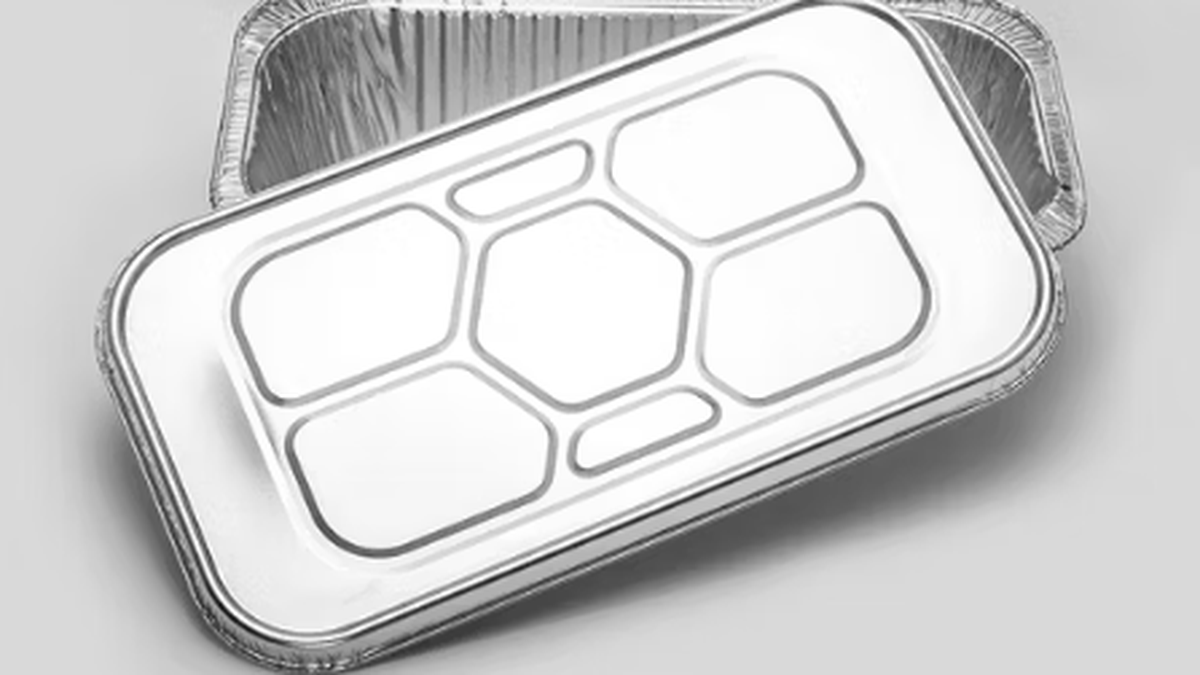
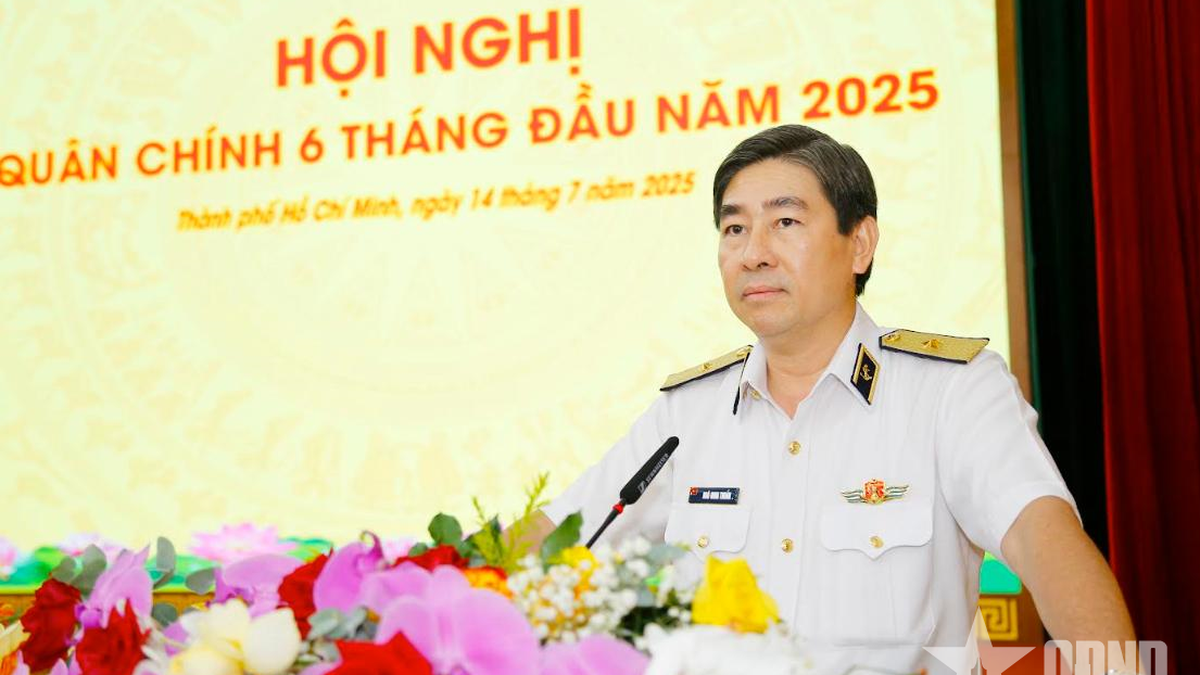
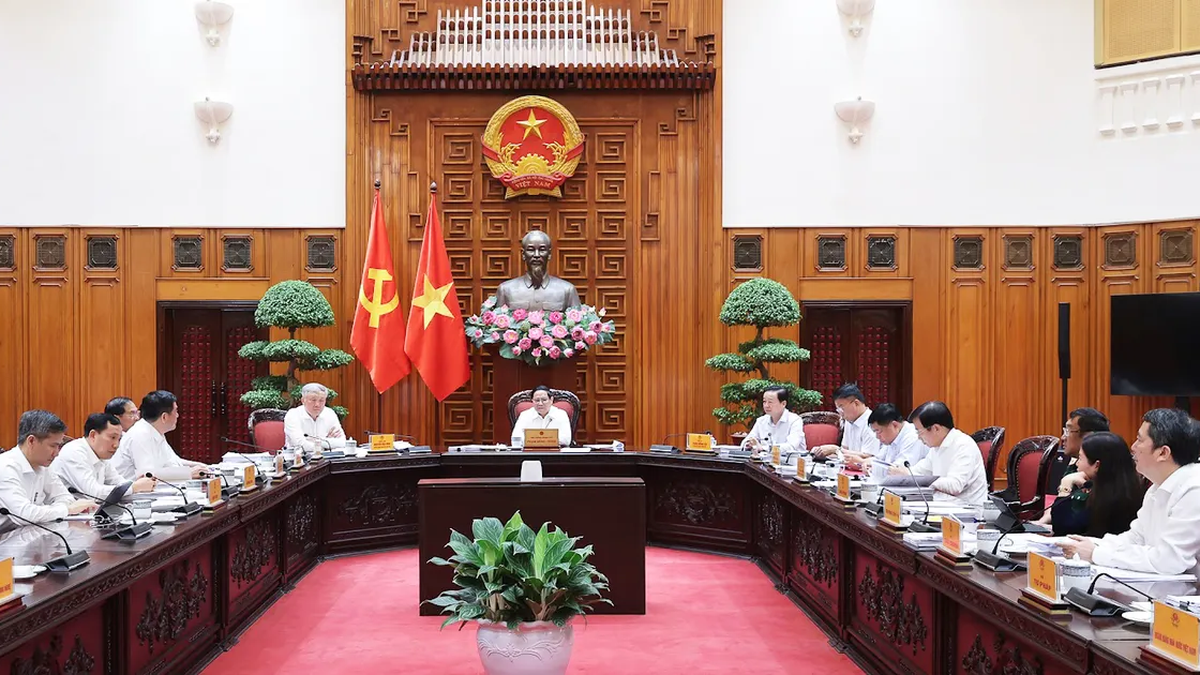
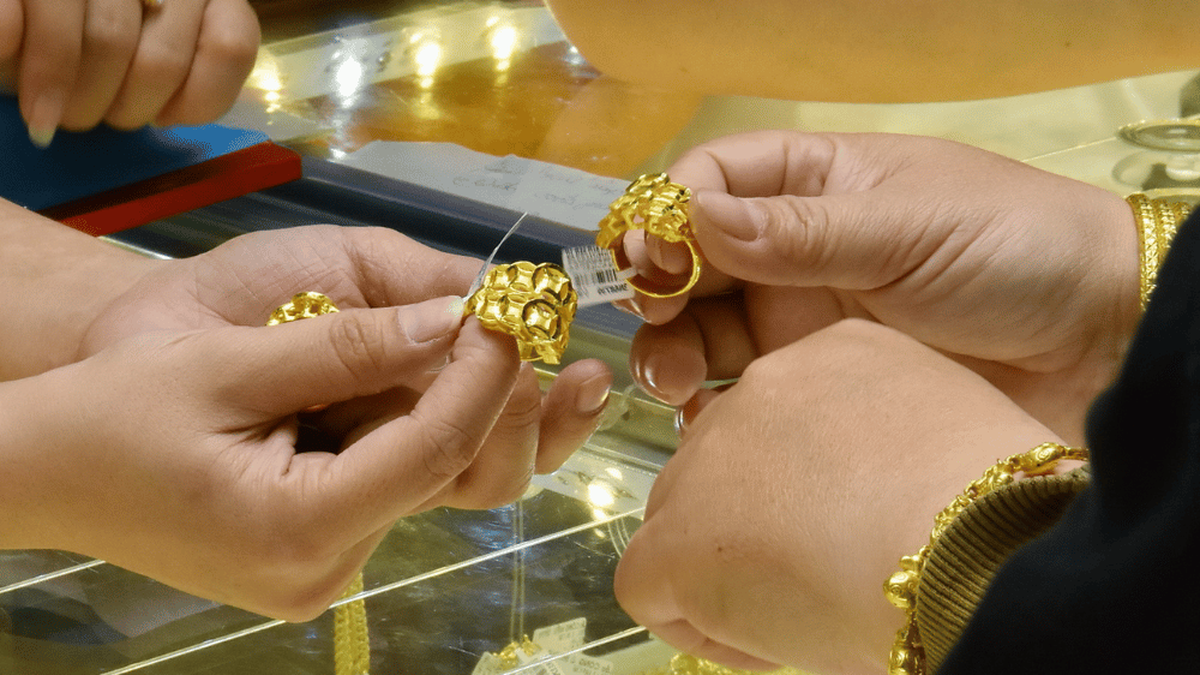

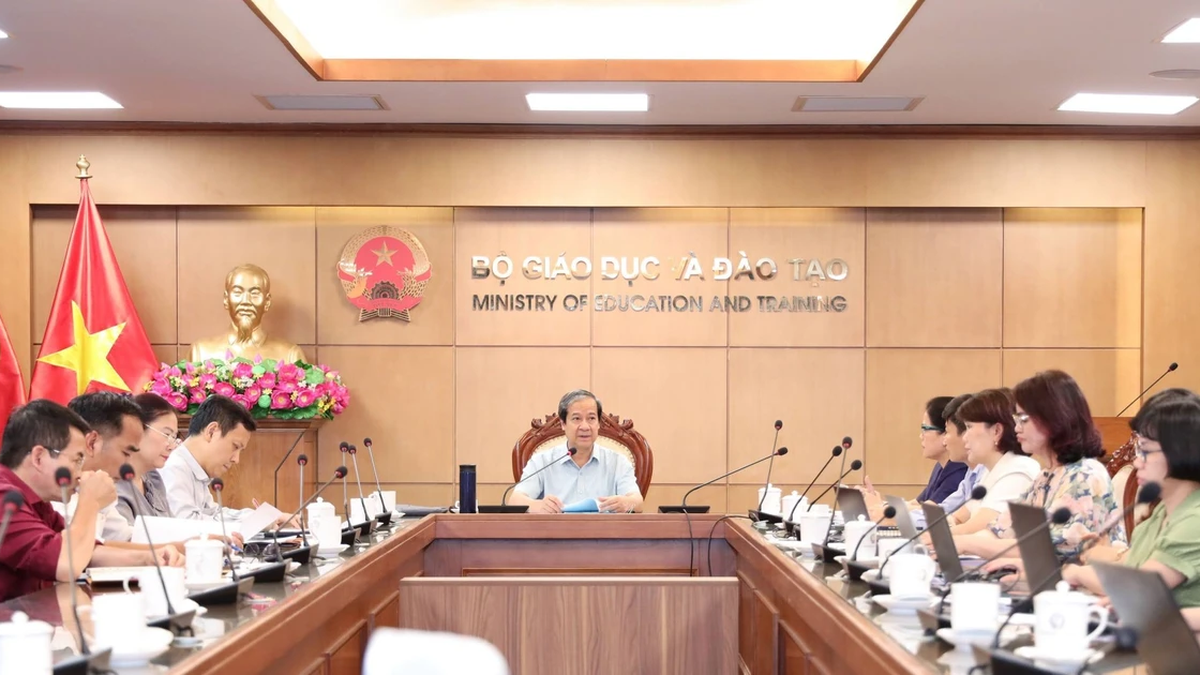
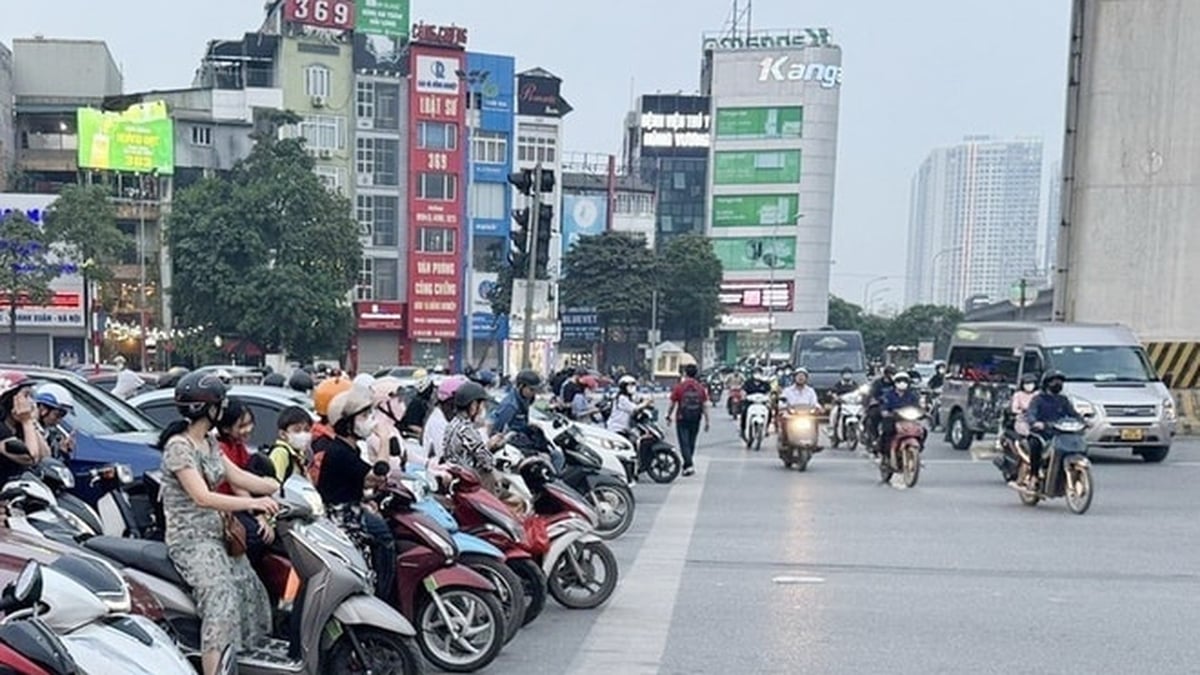































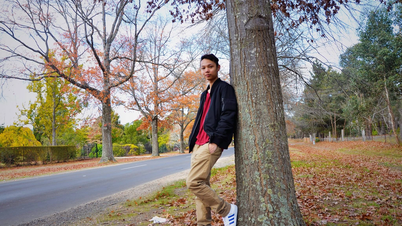







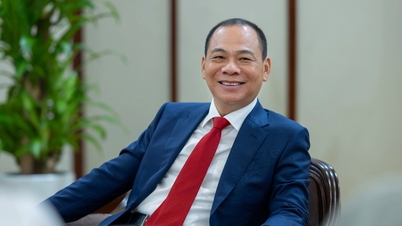

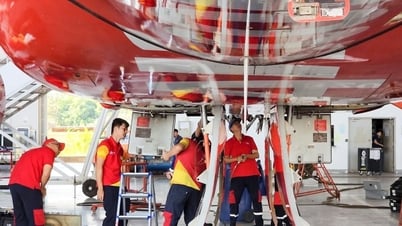

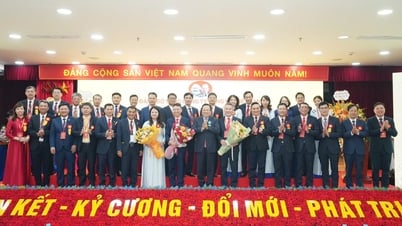






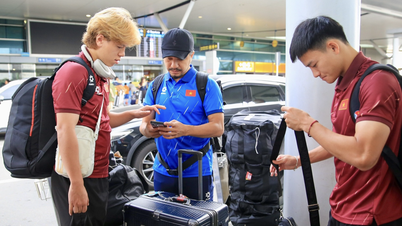


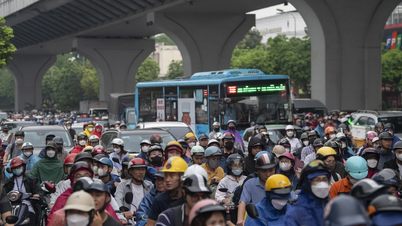
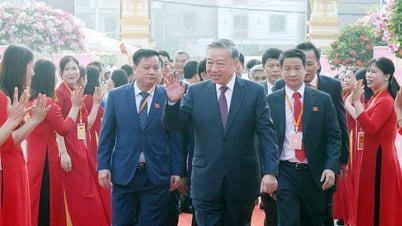
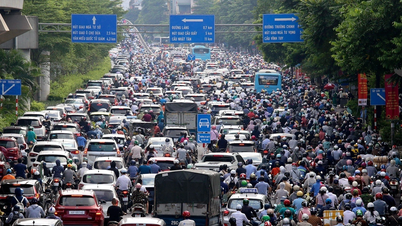
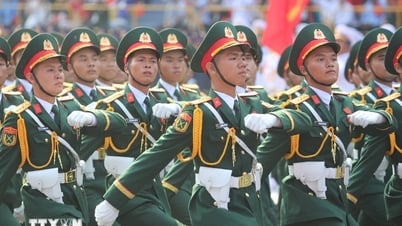


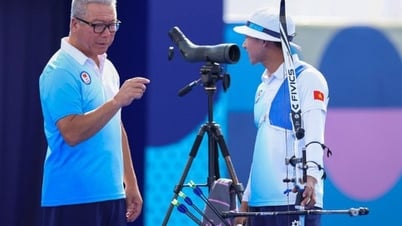


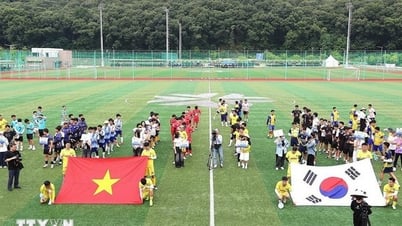


























Comment (0)